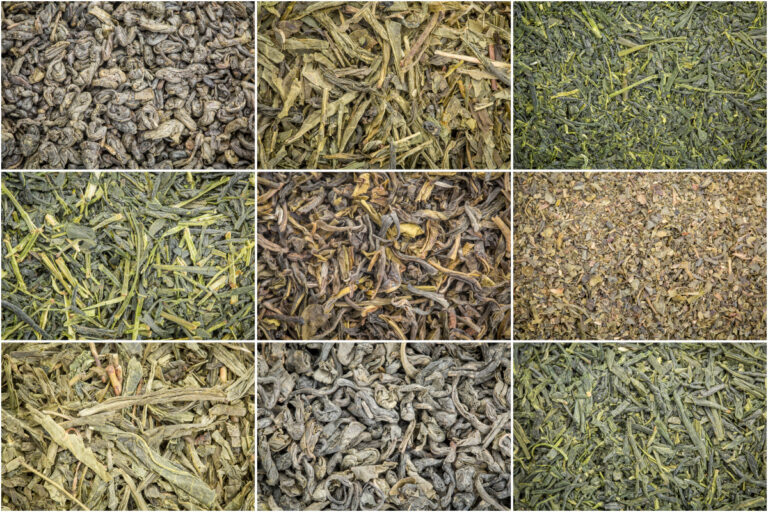A tea cultivar refers to a cultivated variety of the tea plant, scientifically known as Camellia sinensis.
The term “cultivar” is a blend of “cultivated” and “variety”, indicating a plant variety that has been selectively bred and propagated for specific desirable traits. In the context of tea, these traits can include flavor profile, aroma, yield, resistance to pests and diseases, and adaptability to particular climates and soils.
Table of Contents
Key Aspects of Tea Cultivars
- Selective Breeding: Tea cultivars are developed through selective breeding practices. Growers choose plants exhibiting favorable characteristics and propagate them to maintain and enhance these traits in future generations.
- Propagation Methods: To ensure genetic consistency, tea cultivars are typically propagated using methods such as cuttings. This avoids the genetic variability that comes with seed propagation.
- Influence on Tea Characteristics: Different cultivars can produce teas with distinct flavors, aromas, and appearances, even when grown in the same region and processed similarly. The choice of cultivar significantly impacts the attributes of the final tea product.
- Adaptation to Environment: Cultivars can be selected for their ability to thrive in specific environmental conditions, such as high altitudes, particular soil types, or climates. This allows for tea cultivation in diverse regions around the world.
Examples of Tea Cultivars
- Yabukita: Dominating about 75% of Japan’s tea cultivation, Yabukita is favored for its high yield and well-balanced flavor, making it ideal for various Japanese green teas.
- Tieguanyin: Originating from China’s Fujian Province, this cultivar is used to produce the renowned Tieguanyin oolong tea.
- Benihomare: A Japanese cultivar developed specifically for black tea production, known for its robust flavor and suitability to Japan’s climate.
Importance in Tea Production
- Consistency and Quality: Cultivars allow tea producers to achieve consistency in flavor and quality, meeting consumer expectations and market standards.
- Innovation: Through developing new cultivars, tea breeders can introduce unique flavors and teas with improved characteristics, contributing to the diversity of the tea market.
- Sustainability: Selecting cultivars resistant to diseases and pests reduces the need for chemical interventions, promoting more sustainable farming practices.

